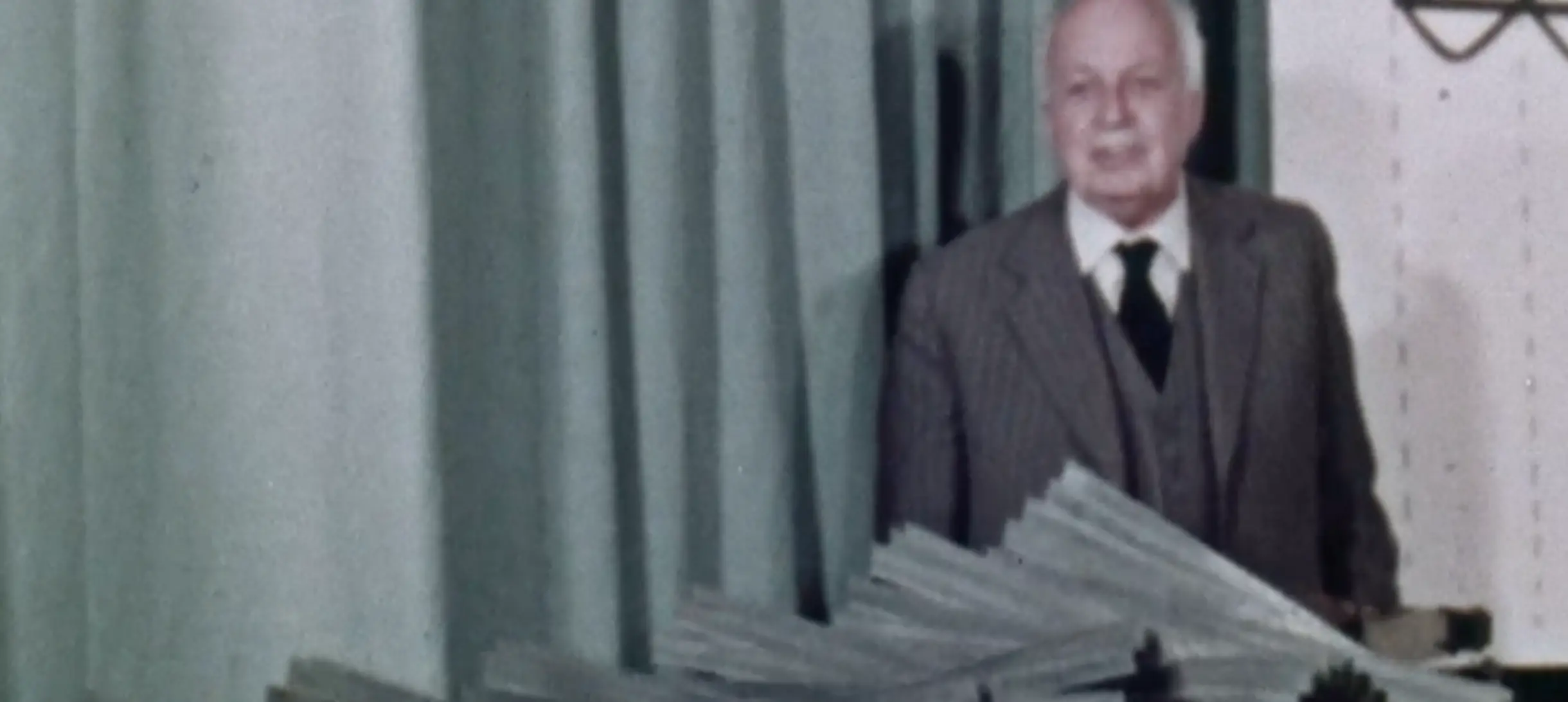Since 1826, a series of lectures planned for young people has been given at the Royal Institution during the fortnight after Christmas. These lectures, ‘adapted to a juvenile auditory’ to use the nineteenth-century phase, were started as a new venture in science teaching. To this day, it remains tradition to illustrate the CHRISTMAS LECTURES with numerous experiments which are on an impressive scale and as far as possible of a novel type. Many experiments first shown in the Royal Institution theatre have become classical bench-experiments in schools and colleges, and many of the best popular scientific books have been based on CHRISTMAS LECTURES.
A scheme was launched in 1955 to give corresponding lectures throughout the school year, because it seemed very desirable to use the facilities and traditions of the Institution to the full and thus make it possible for a larger audience to participate. The idea was proposed in the first place to a few science teachers in schools, and with their help it was started in a small way. The lectures had an enthusiastic reception, and the scheme soon grew to its present proportions – over twenty thousand young people now come to the lectures each year. The main idea behind them is to show experiments, illustrating the basic principles of science, which are on too large a scale or involve too complicated apparatus to be readily staged with school resources. The majority of the lectures are on physical subjects, but chemistry and biology are also represented.
In 1965, Lord Bowden, who was then Minister of State in the Department of Education and Science, expressed a wish that the lectures given by Sir Laurence Bragg be recorded in the form of films, and arranged that a sum of money be earmarked for that purpose. The series Sir Lawrence Bragg at the Royal Institution is the result of his interest. The films were commissioned by the Educational Foundation for Visual Aids and shot on the premises of the Royal Institution.
At first, an attempt was made to film the actual schools’ lectures, but there were a number of drawbacks to this procedure; ideal positions for the cameras were not possible in a crowded lecture room, an hour’s talk was too long so the film had to be divided into three or four sections, and it was not easy to tailor beginning and ends to the sections. It was finally realised that it would be much better to shoot each film as a separate project, with no audience and complete freedom for the camera team to take the long shots and close-ups in the best way. The possibility of close-up shots was a great advantage, because it enabled effects to be shown that would have been impossible to demonstrate in a large lecture room.
The present series consists of sixteen films covering the schools’ lectures, dealing with magnetism, the properties of matter, and vibrations and waves. It is hoped to include electricity and other subjects in a further series. In the main, the experiments are those actually shown in the schools’ lectures, modified for filming where desirable.
The action before the camera is in each case carefully rehearsed so that the performance of the experiment can be seen as clearly as possible. No attempt however was made to prepare a ‘script’. The dialogue is quite informal, filmed in the belief that it would be fresher and more interesting if given in this way. It was hoped that the imperfections, inevitable in an impromptu talk, would be overlooked for the sake of its more personal nature.
Crown copyright information is reproduced with the permission of the Controller of HMSO and the Queen’s Printer for Scotland.
